Westwood Village, Danbury, CT 2006
By 2006 I was definitely shooting digitally, but still had one foot squarely in shooting film as well. Westwood Village is a "hybrid" series in that it started out being made with a film camera, but then the processed negatives were scanned and made into archival inkjet prints. The prints are made as duotones, a process by which we can add a second color ink to the already neutral black ink we use to make black and white prints with an inkjet printer.
Westwood Village is a series that is the same but different in that it stays within the format I'd established over 25 years earlier of shooting series work in 2 1/4 inches square and making black and white prints (about 12 x12 inches) that were arranged sequentially to form a body of work. But it also diverges in that it starts out with the promotional brochure used to sell the units in the development.

I'd never done that before. But the contrast from the Utopian view of this midde income complex of townhouses to the reality of what it looked like at the end of the winter in March on a gray day in mid week with snow still on the ground was just too rich to ignore.

I remember printing these and how I'd refer back to the sales brochure. It influenced my printing as these are some of the ugliest prints I have ever made into a series.

 Pretty bleak, huh? Things weren't that great for me that spring in 2006. At work we were suffering under departmental leadership that wasn't. Moral was low and the faculty were barely hanging on. Personally, my family life was nonexistent as I had little contact with my daughter, Maru, who was living in Florida. March in New England is never good. Cold and relentlessly gray, it is always a month that teases at spring's coming but never fails to deliver lousy weather.
Pretty bleak, huh? Things weren't that great for me that spring in 2006. At work we were suffering under departmental leadership that wasn't. Moral was low and the faculty were barely hanging on. Personally, my family life was nonexistent as I had little contact with my daughter, Maru, who was living in Florida. March in New England is never good. Cold and relentlessly gray, it is always a month that teases at spring's coming but never fails to deliver lousy weather.
 But the earlier ones in the series are also a set up in that I did find beauty here on the side of this hill outside Danbury, CT.
But the earlier ones in the series are also a set up in that I did find beauty here on the side of this hill outside Danbury, CT.

In looking back at this picture now, almost eight years later, can I say I was consciously aware of the opposing triangles, the bush in the foreground and the roof in the background? Yes. I assume that's what got me standing there clicking the shutter. Do I like this picture? Yes, very much. Simple, bold, definitive, rich texturally, spacially interesting as there is a real journey from the front to the back, closed-in but opening out to that gray sky on the top; it looks to me like vintage Neal Rantoul at the top of his form (can't be accused of modesty there, can I?).
Anyway, this led me to a study of these evergreens, which seemed to soak up whatever light there was like a sponge and cover the hillside like a carpet.

Which I put up against the bland and rigid architecture of the development itself.

Despite the humor and irony of the opening images of the sales brochure, this is a serious set of photographs. I am shooting with both barrels loaded here, if you can forgive the gun-based analogy.
I also took a couple of "creative license" turns here. And why not? At this point I had little or no following, no gallery representing my work, no big and prestigious shows coming up and no one beating down my door to see and purchase my work.

Besides, this was just too good to pass up; the stand of dark tees, this barren desert of lawn and the chink in the armor, this crack of a crevasse opening up and leading to the grid of the manhole cover. Tilt the camera? Absolutely.
 So, how did I end this one? By using a time honored process of letting the pictures breath a little, letting the viewer see an opening or perhaps letting the viewer leave this place behind, or at least promise at the possibility.
So, how did I end this one? By using a time honored process of letting the pictures breath a little, letting the viewer see an opening or perhaps letting the viewer leave this place behind, or at least promise at the possibility.


Escape? I couldn't wait to leave Westwood Village that day! I've driven past it many times since and have never exited the highway and driven up there to see it again. Doubt I ever will.
The full series is: here
Contrast this one to the most recent post, from Italy: Fort Dei Marmi. Like from two different planets.
Blog's are very much a one way thing, for the most part. As the readership grows I am very pleased at this silent but positive response to my work. But it would be very helpful to hear from you. Are you getting anything from my writing about my work? Do you think I am on or off point in my comments and analysis? Once again, I will respect your privacy if you do email me.
Neal Rantoul may be reached here
Oh, and Happy New Year!
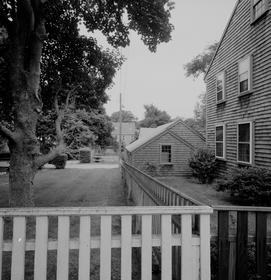
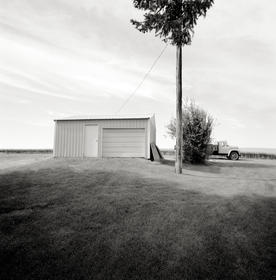
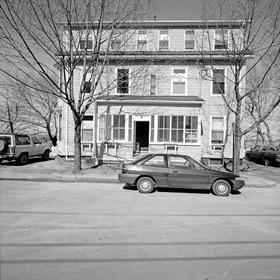

 I had no training in this way of working. Graduate school had been mostly about single pictures, not groups or series of pictures and I
I had no training in this way of working. Graduate school had been mostly about single pictures, not groups or series of pictures and I 
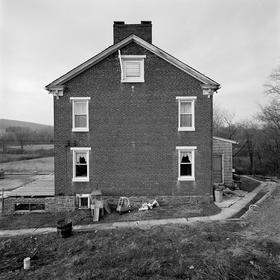
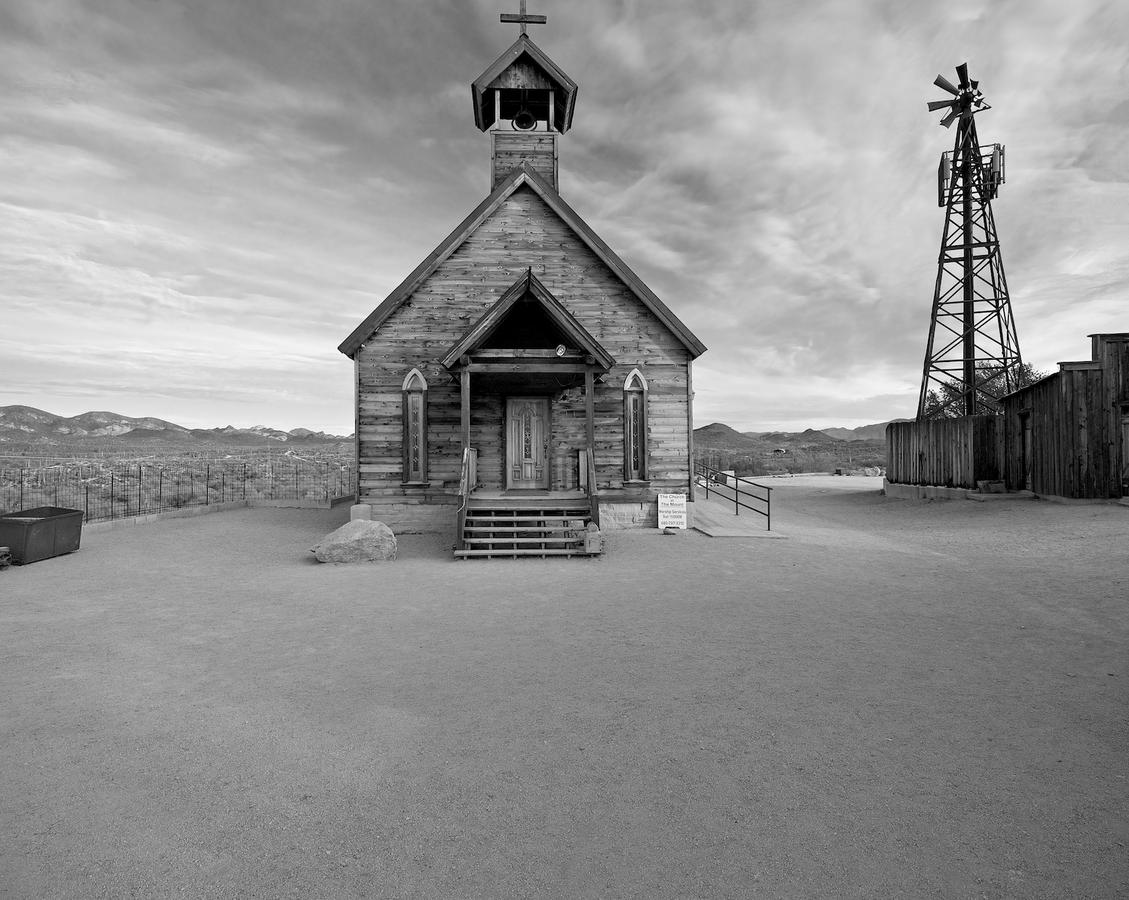
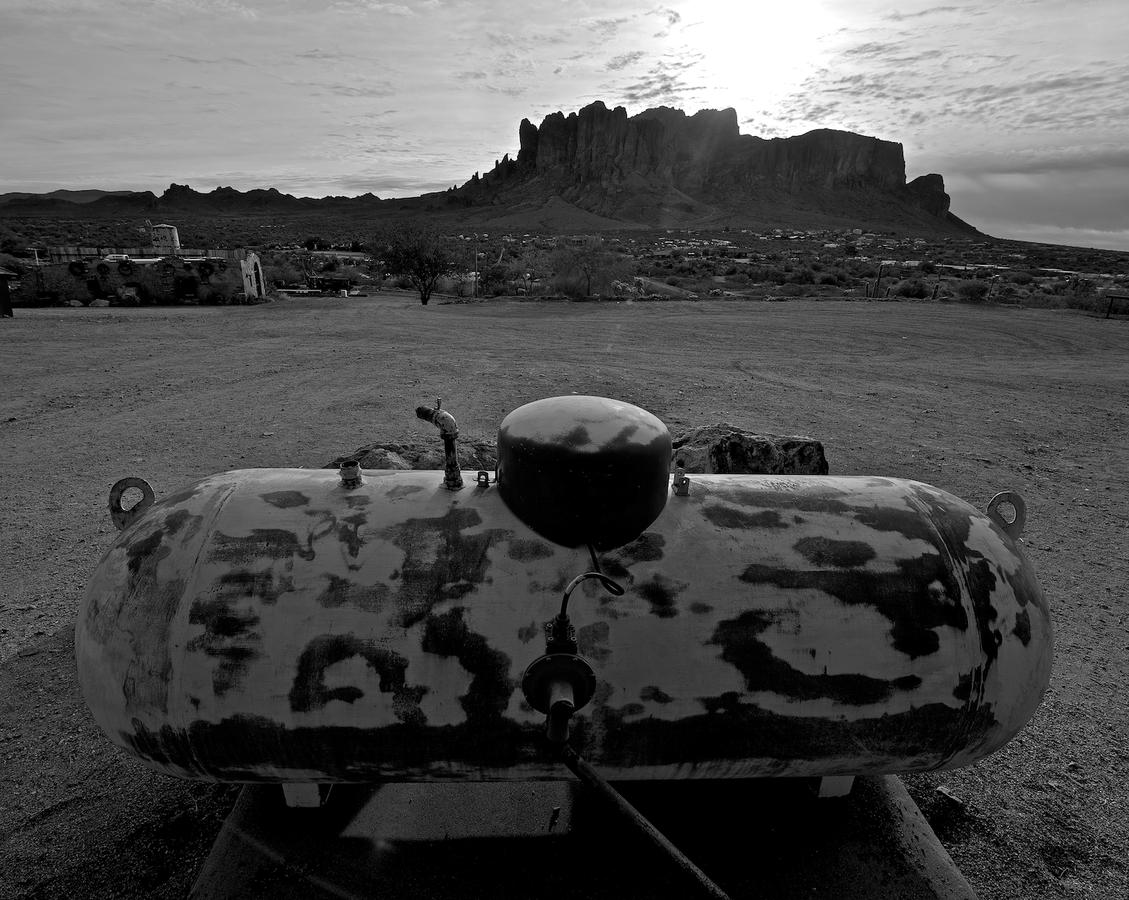
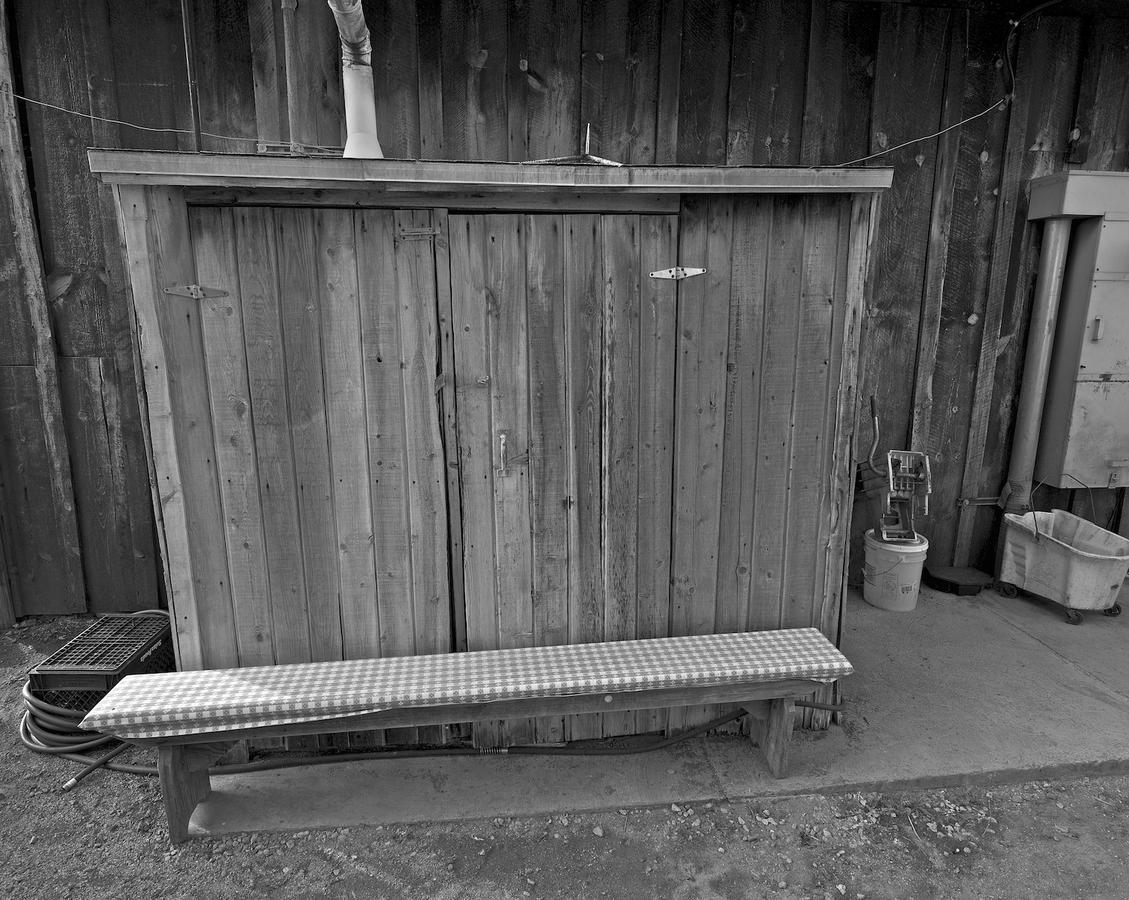
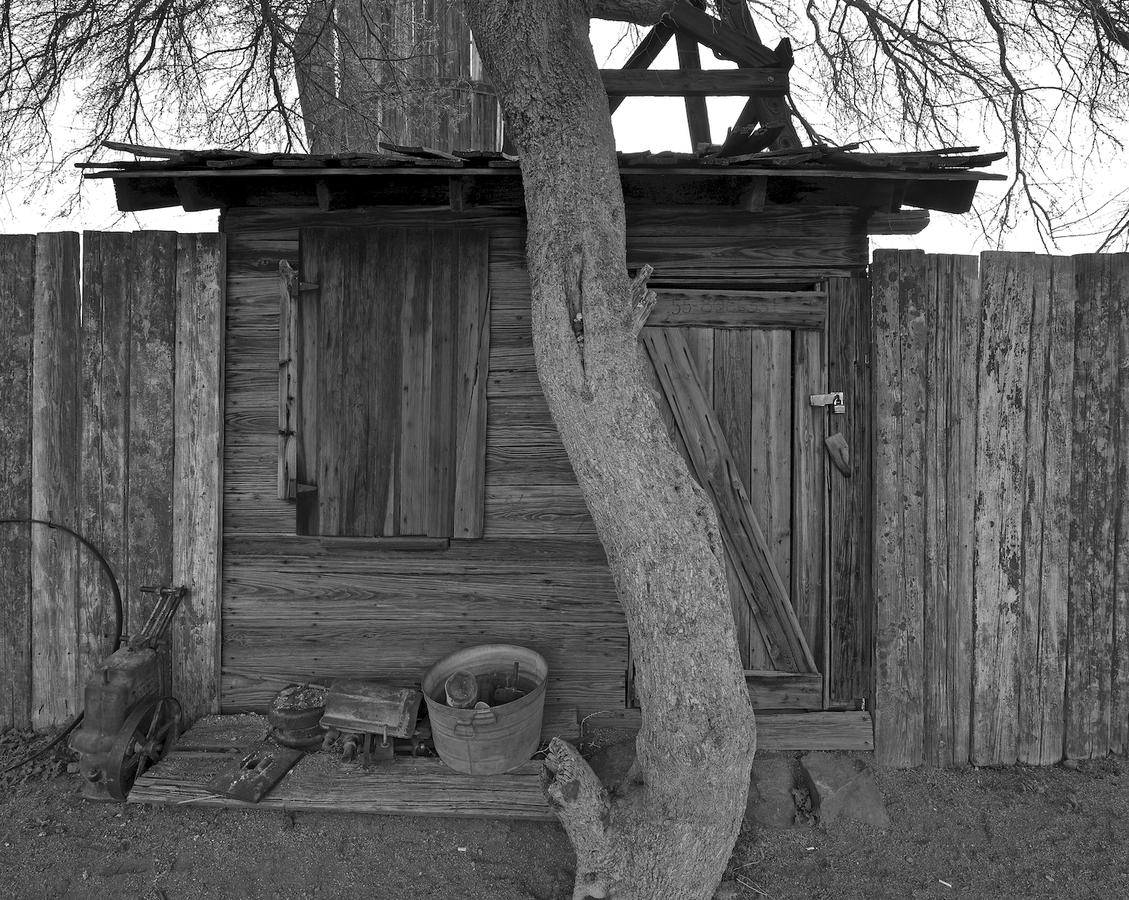
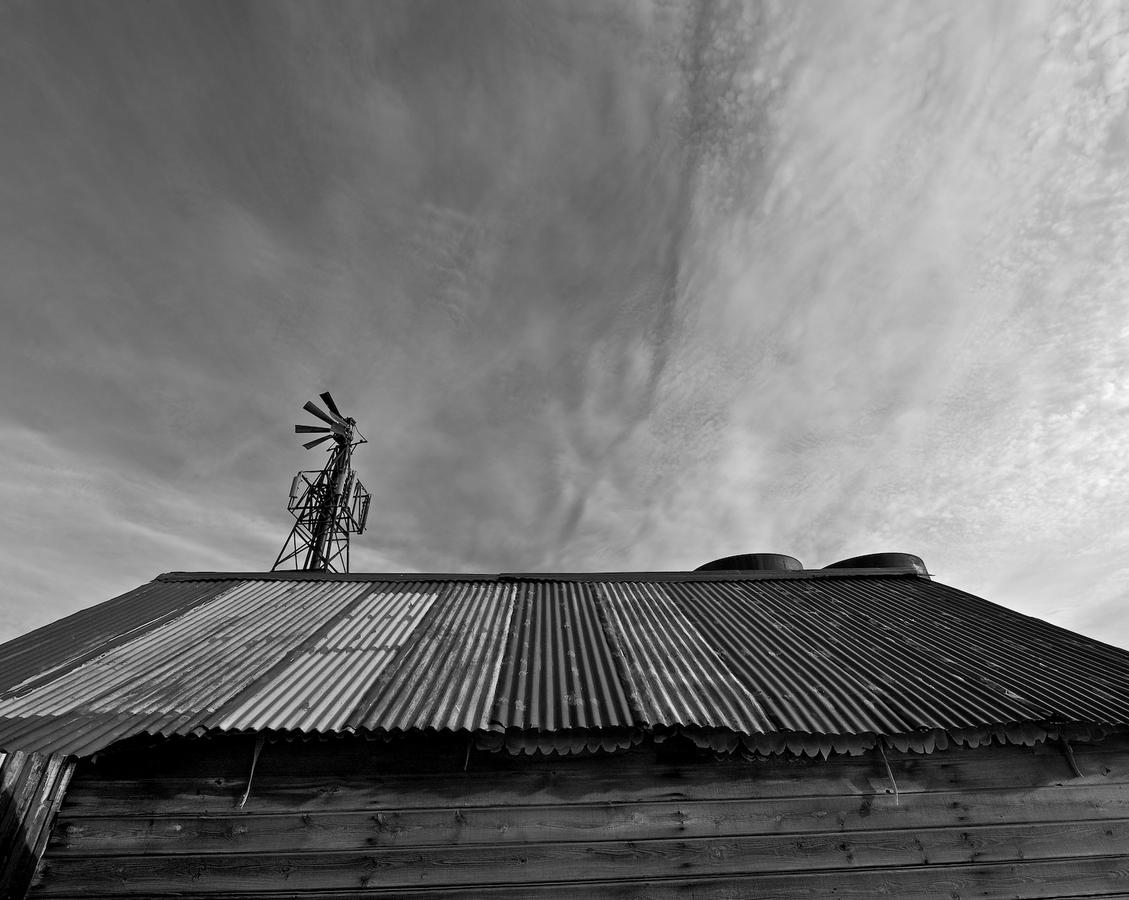
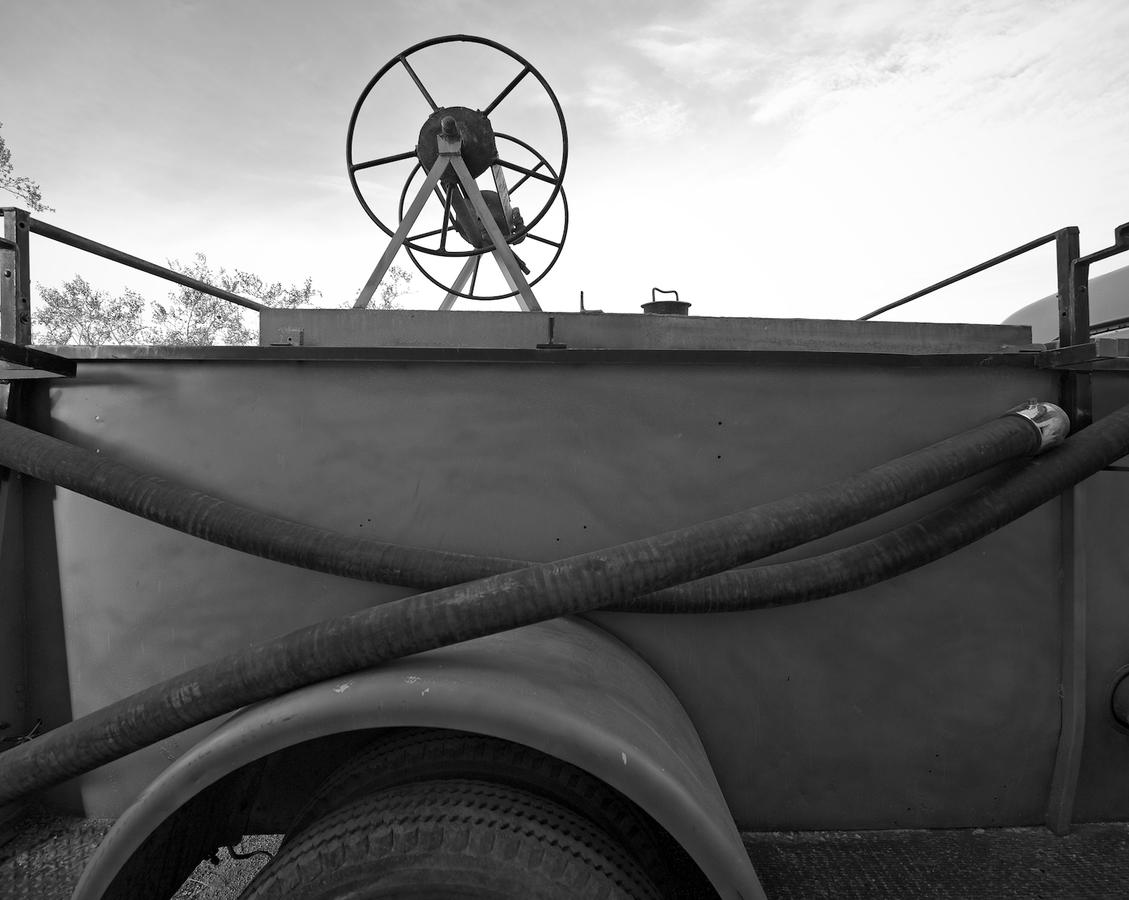
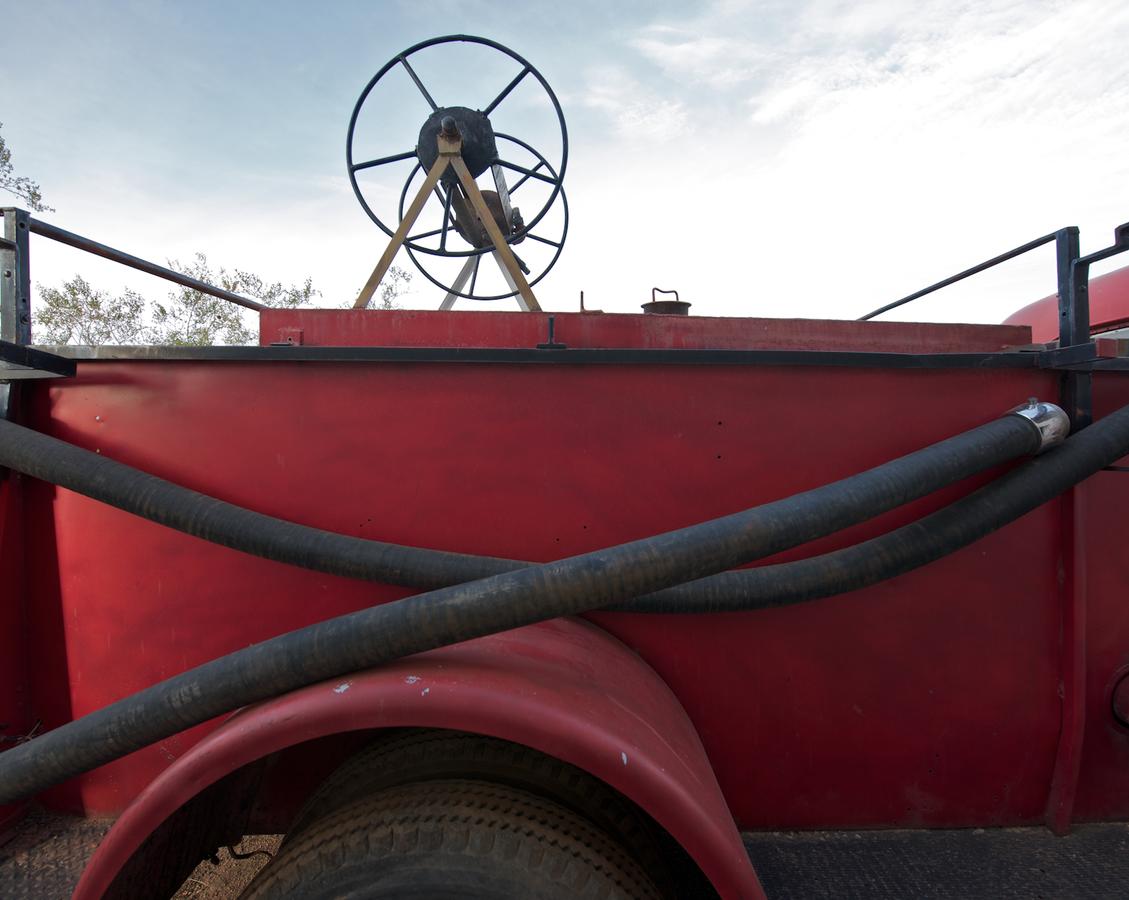
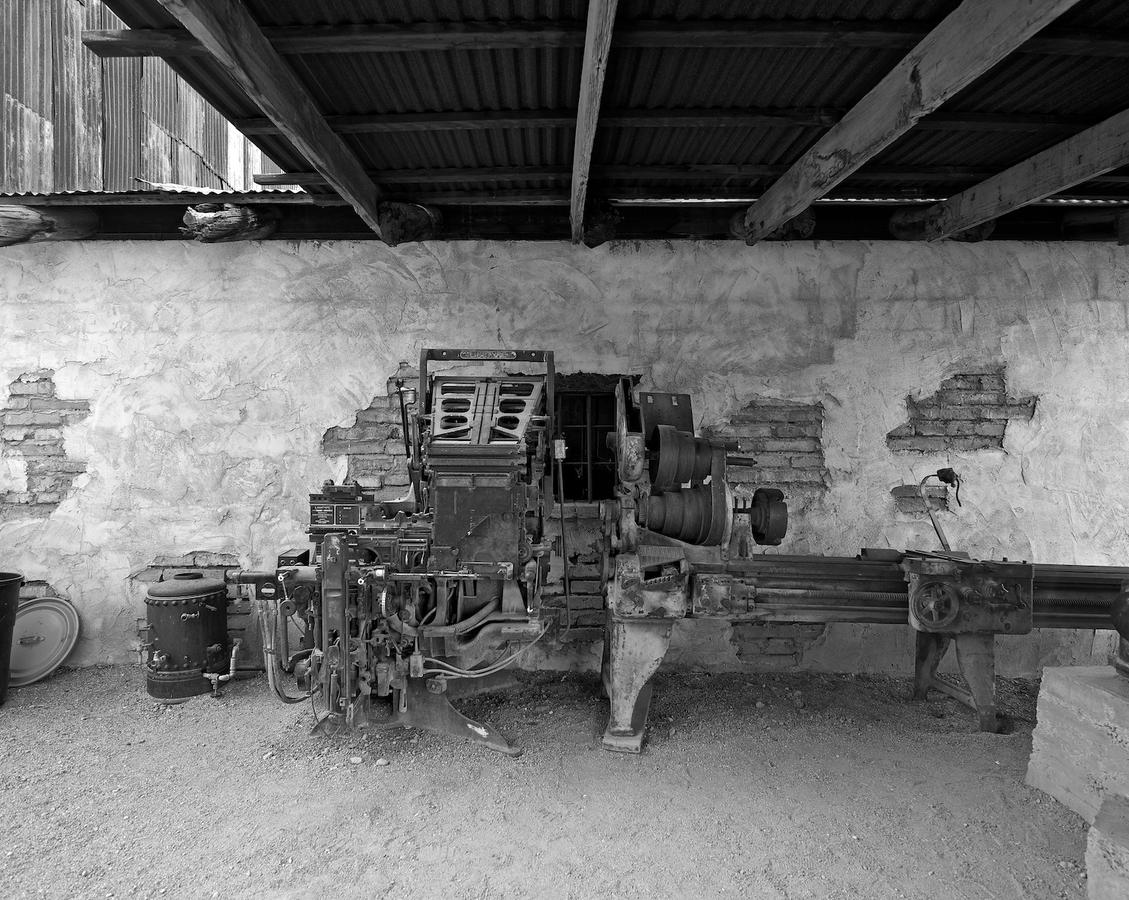
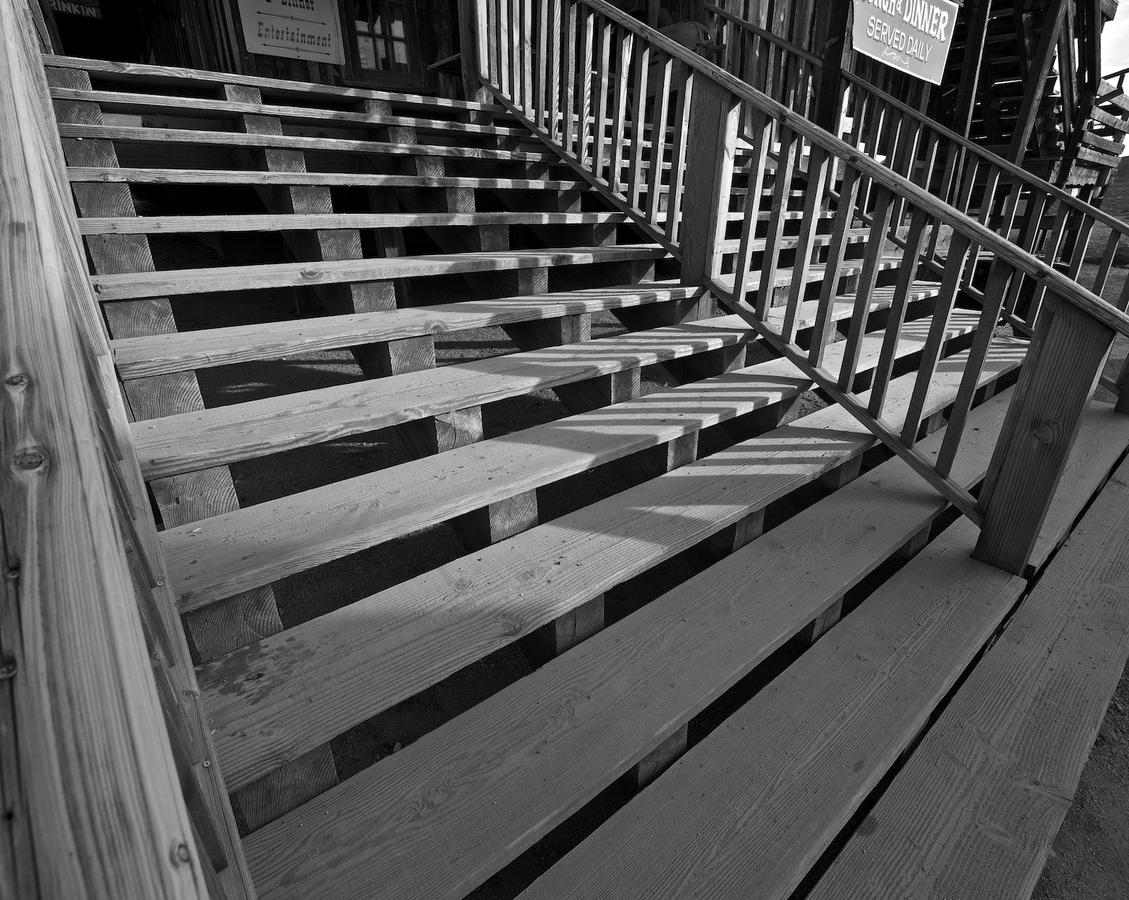
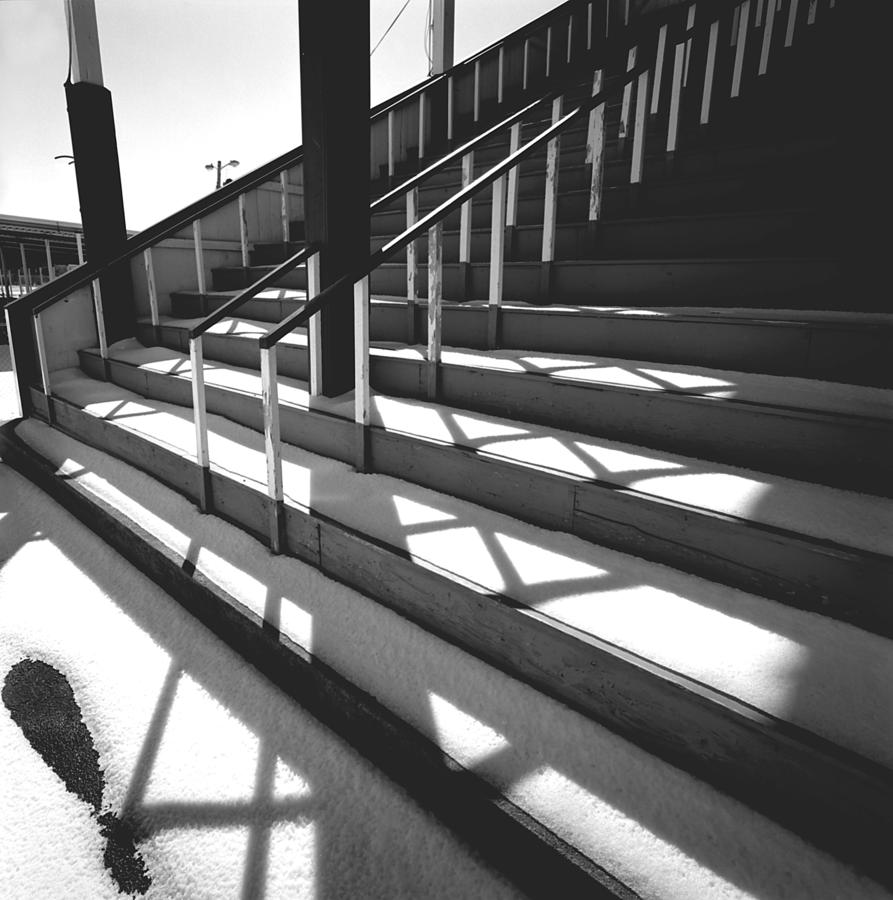
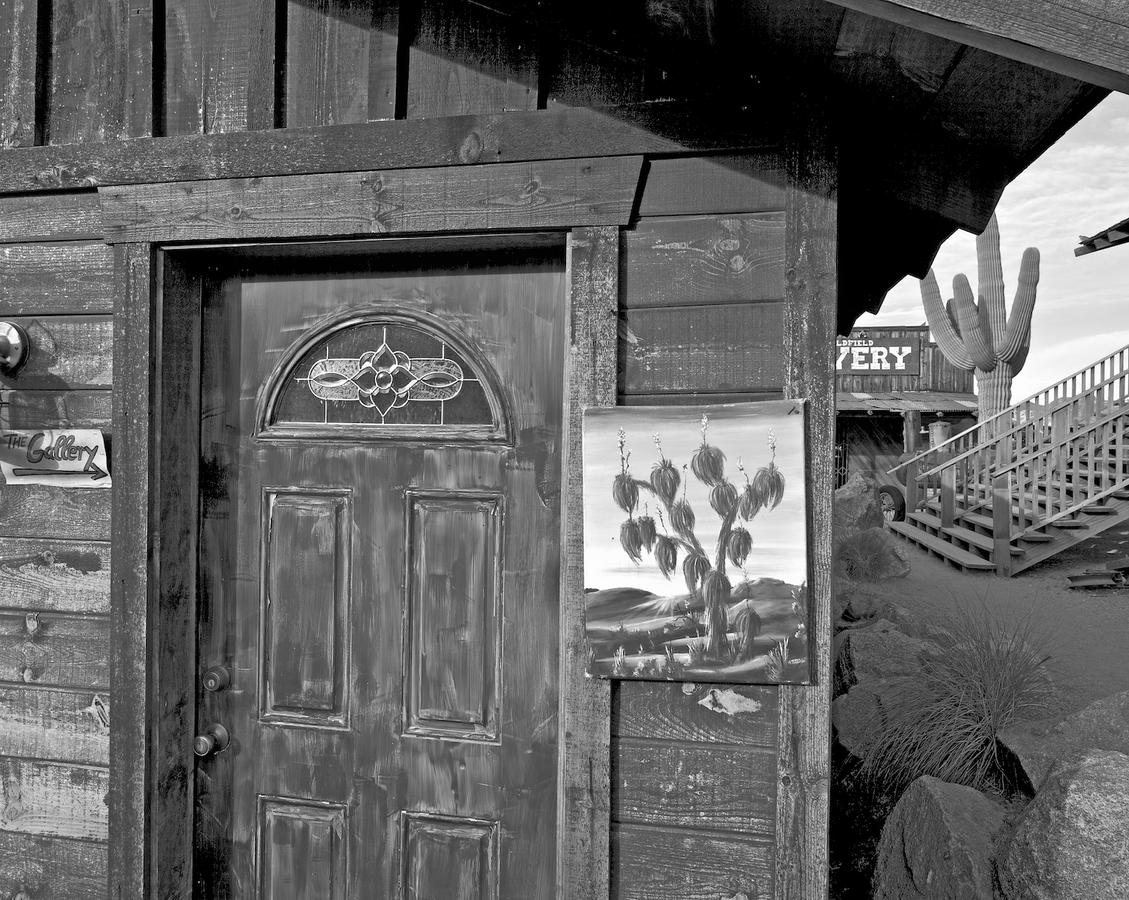
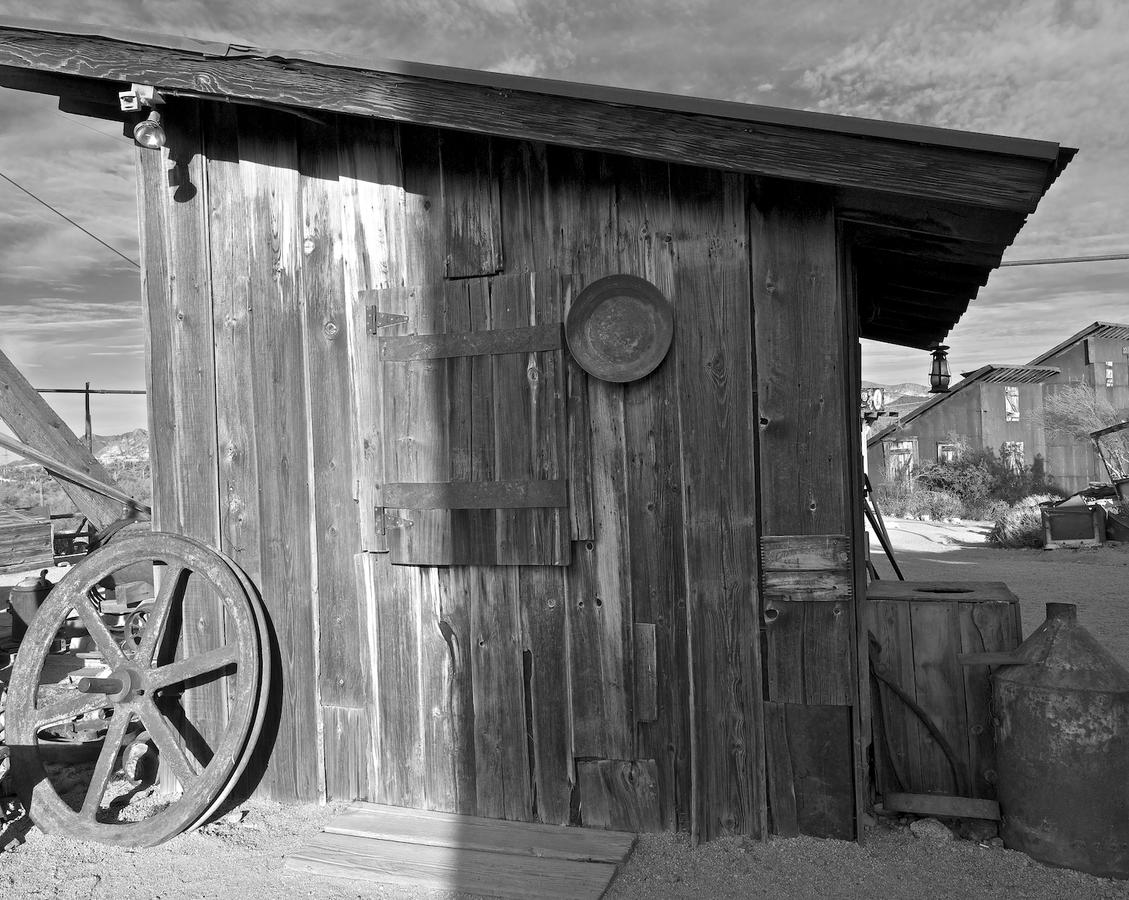
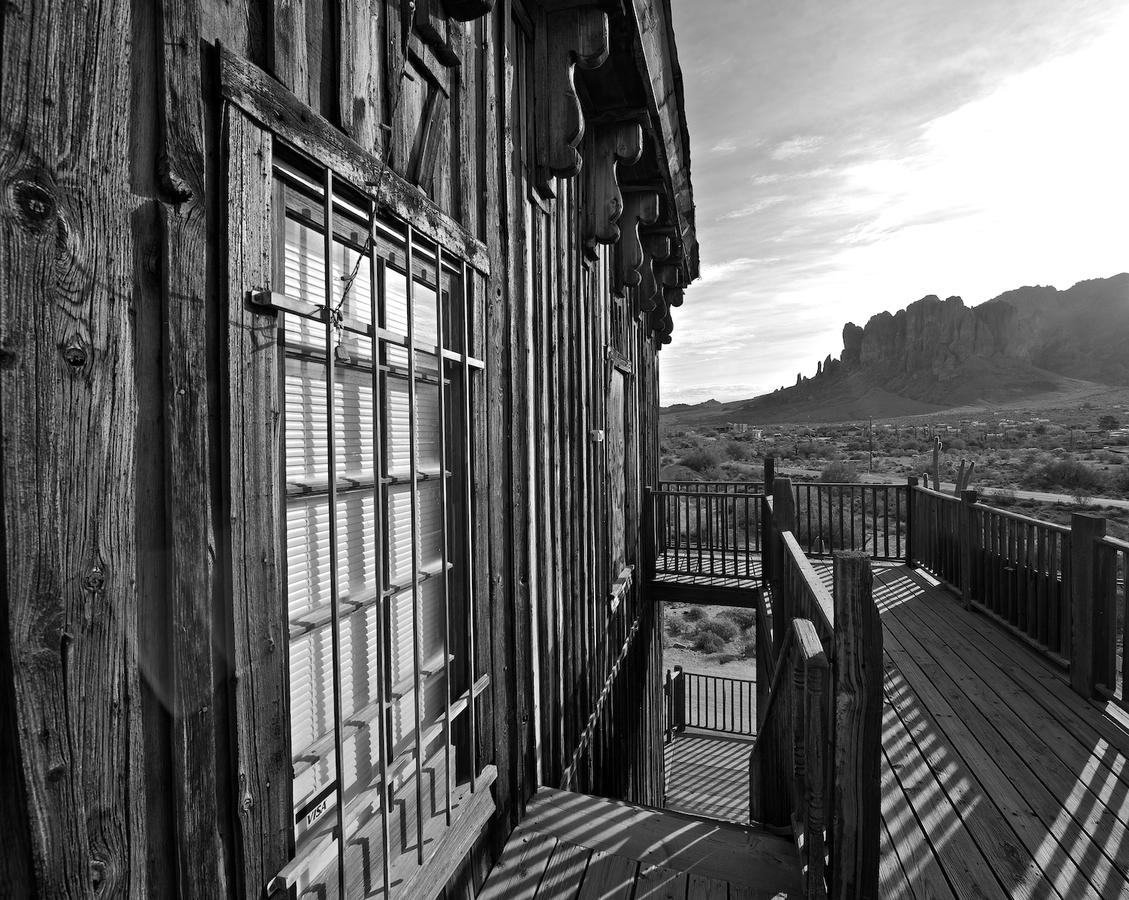











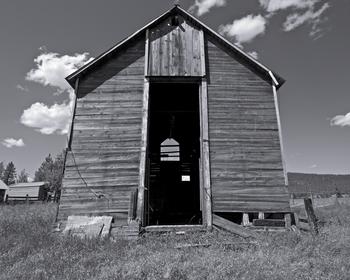
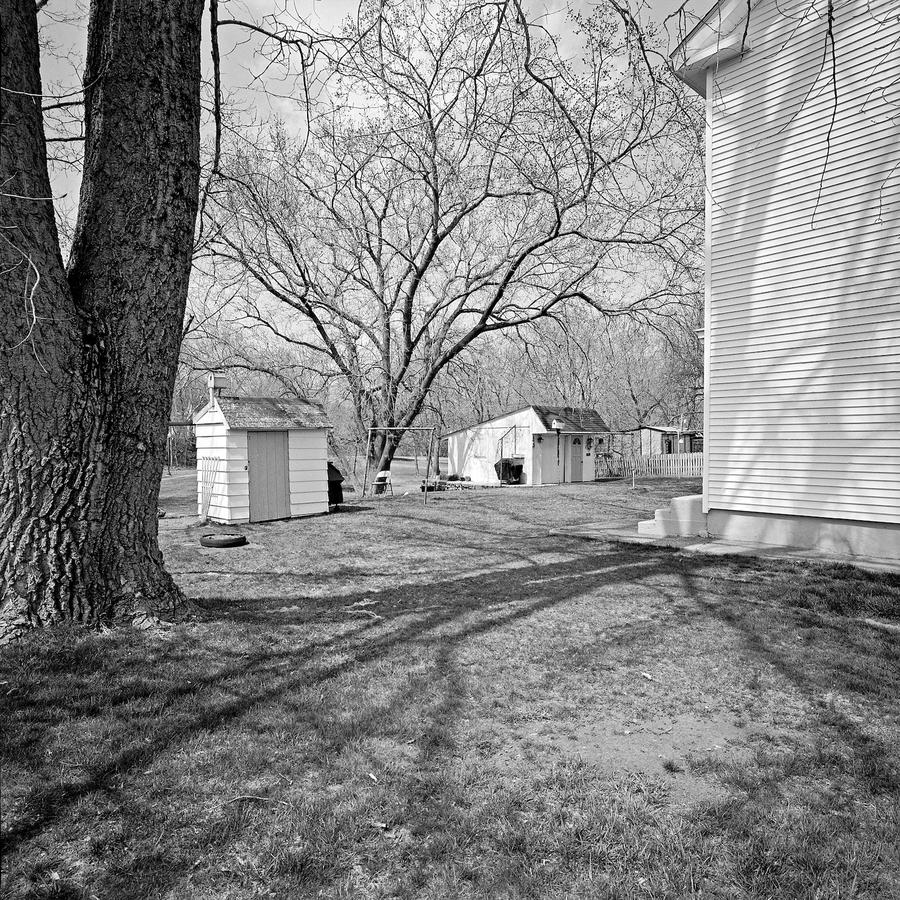
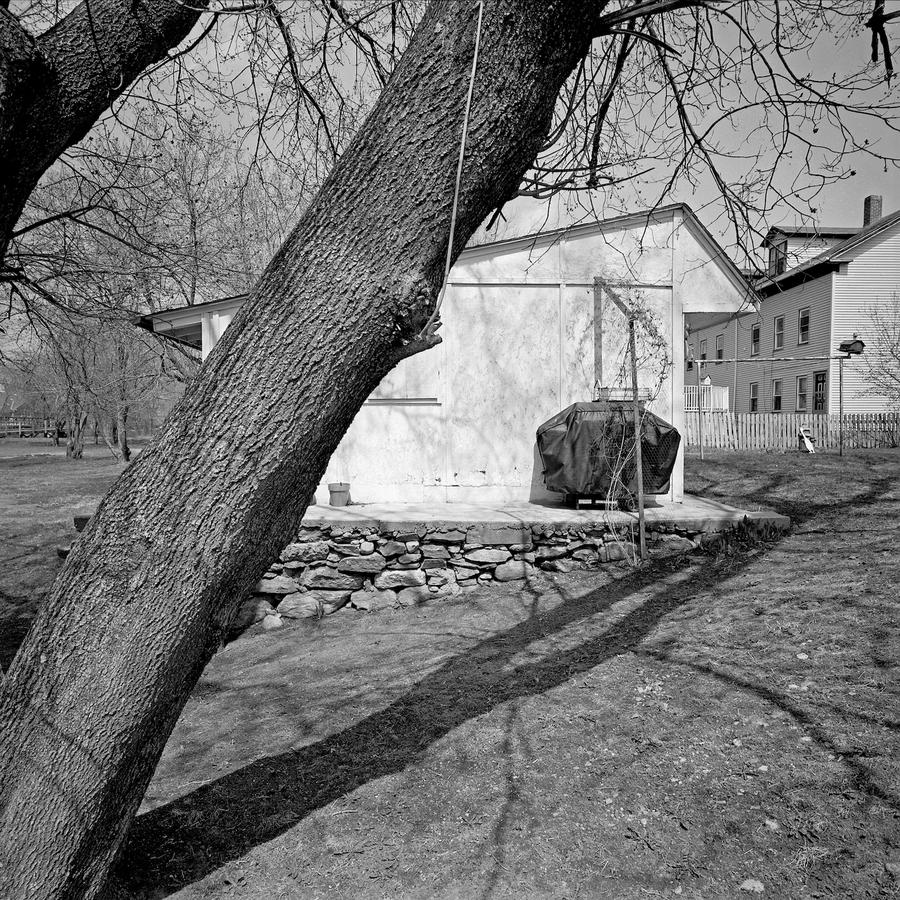 This one looks back slightly to show a shed intersected by a diagonal tree and the back of one of the housing units on the right side.
This one looks back slightly to show a shed intersected by a diagonal tree and the back of one of the housing units on the right side.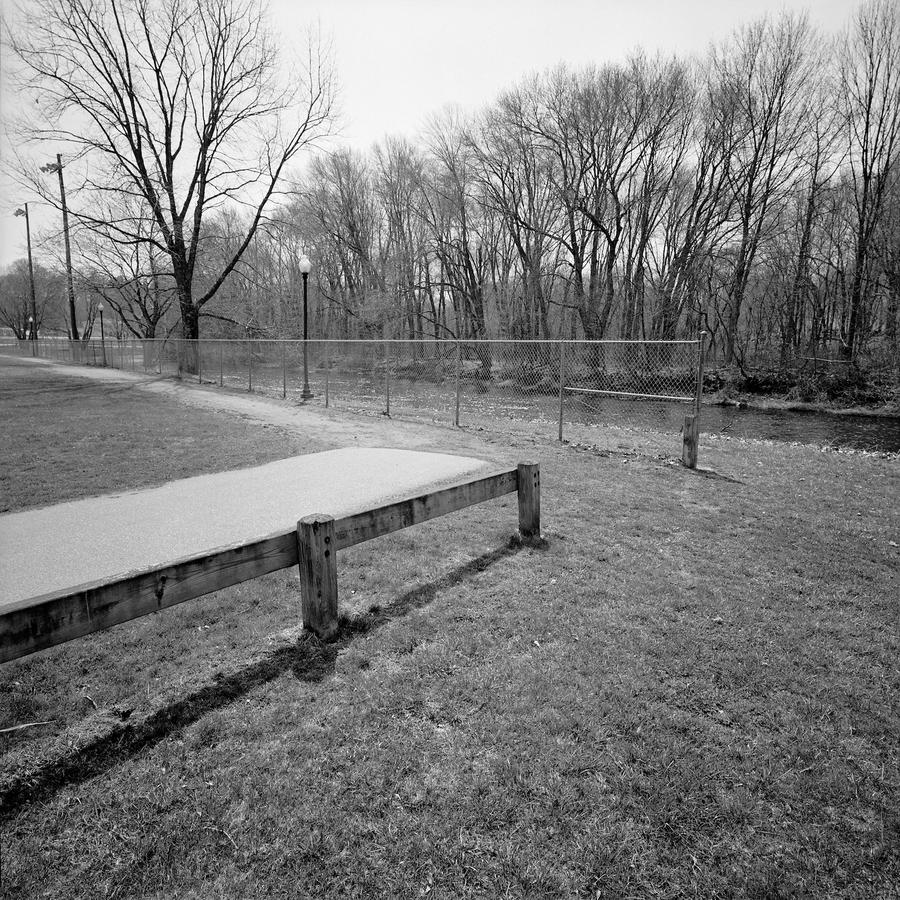 Here, for the first time, I have left it all behind and am showing the river, the row of trees on the far shore, a little bit of the edge of the baseball field, and the fence that contains it. This was something of an experiment, to try to move into a separate subset of work within the larger series, a little like some music in the middle of a song that is hugely different, perhaps a different tempo or rhythm. In more recent series I have done this with a switch from black and white to color as in:
Here, for the first time, I have left it all behind and am showing the river, the row of trees on the far shore, a little bit of the edge of the baseball field, and the fence that contains it. This was something of an experiment, to try to move into a separate subset of work within the larger series, a little like some music in the middle of a song that is hugely different, perhaps a different tempo or rhythm. In more recent series I have done this with a switch from black and white to color as in: 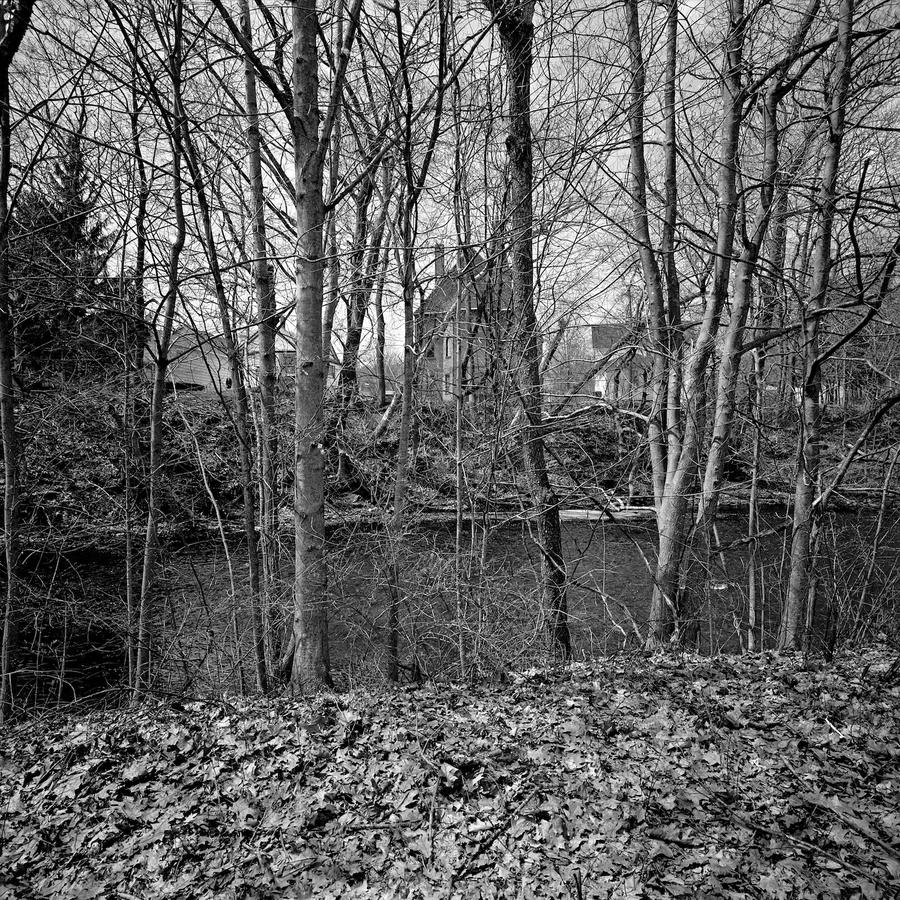
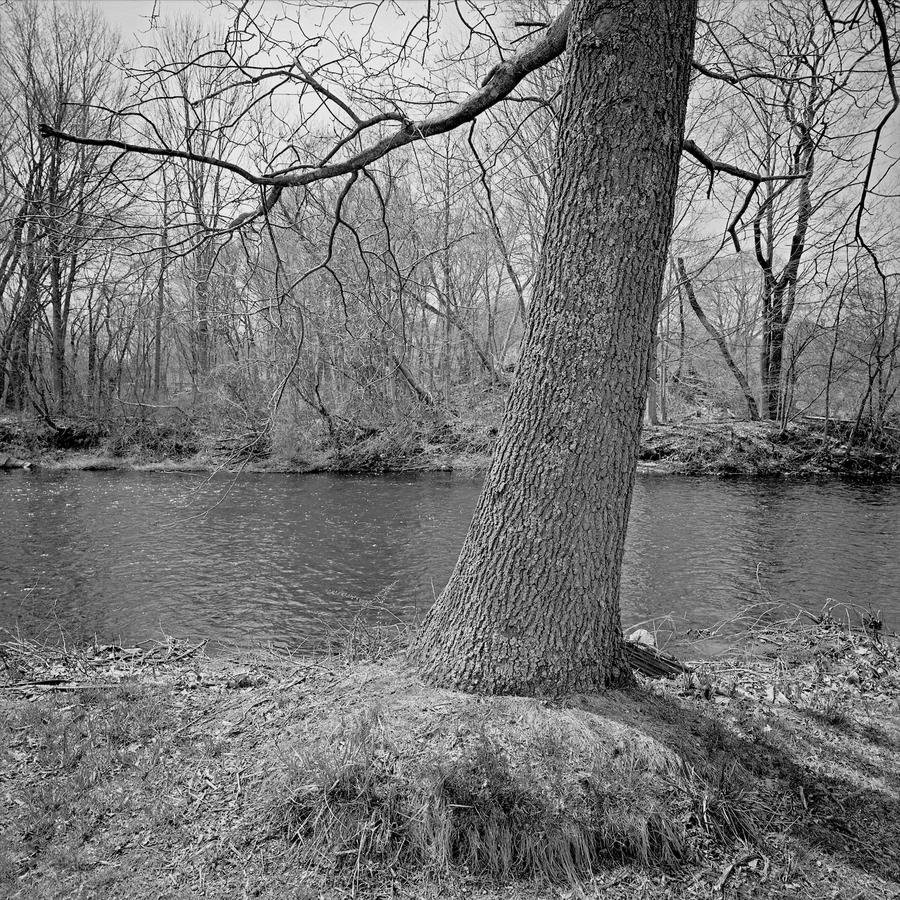
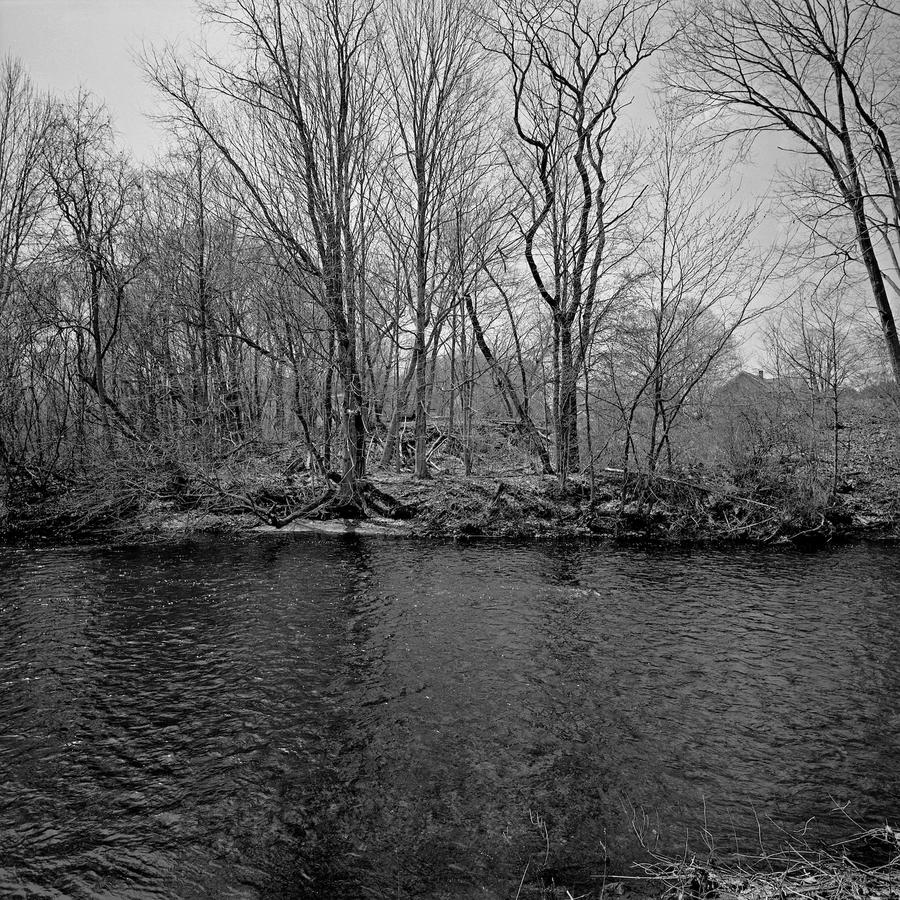
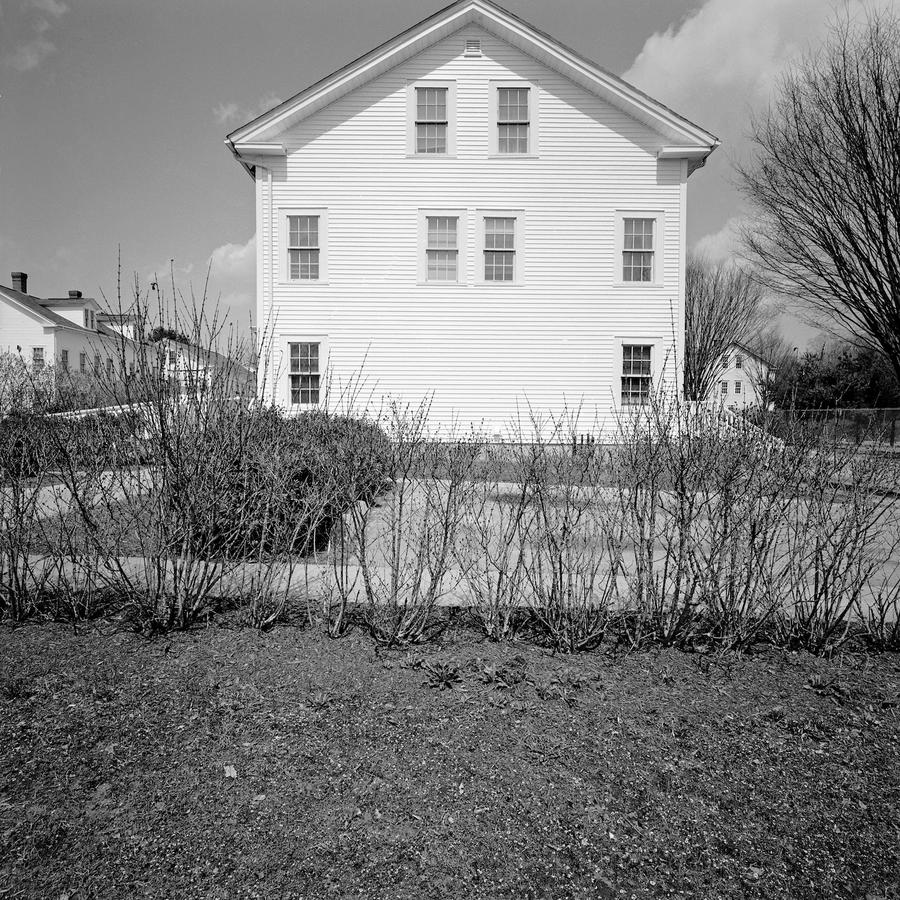
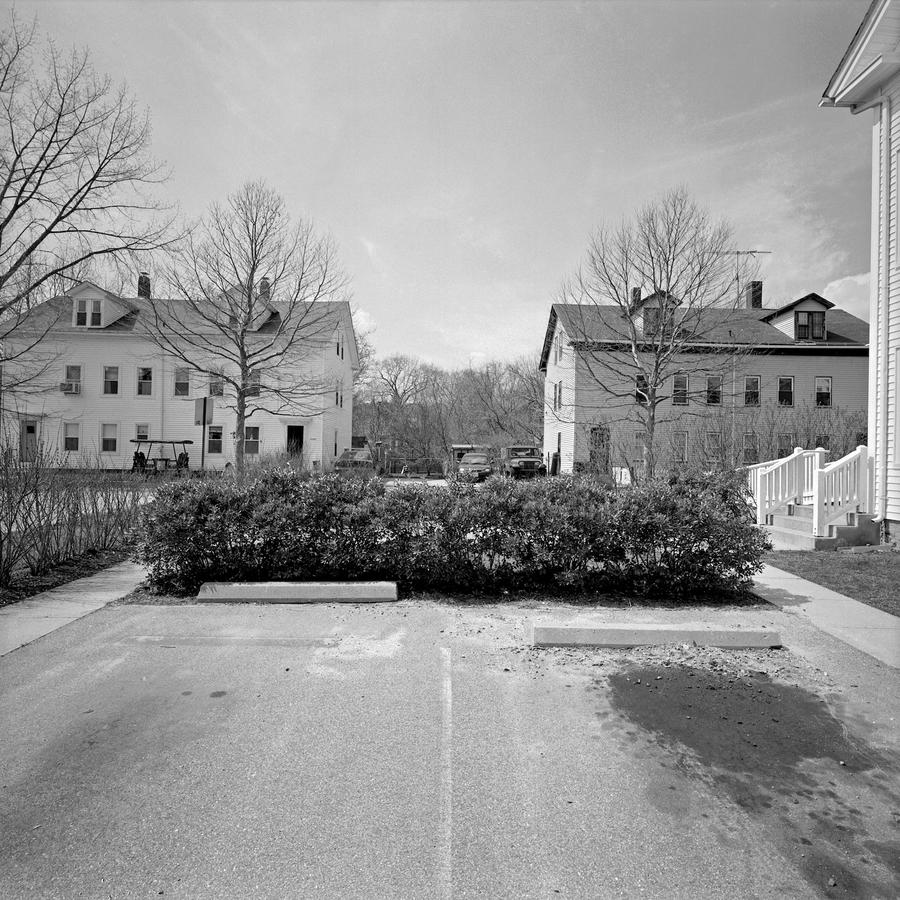
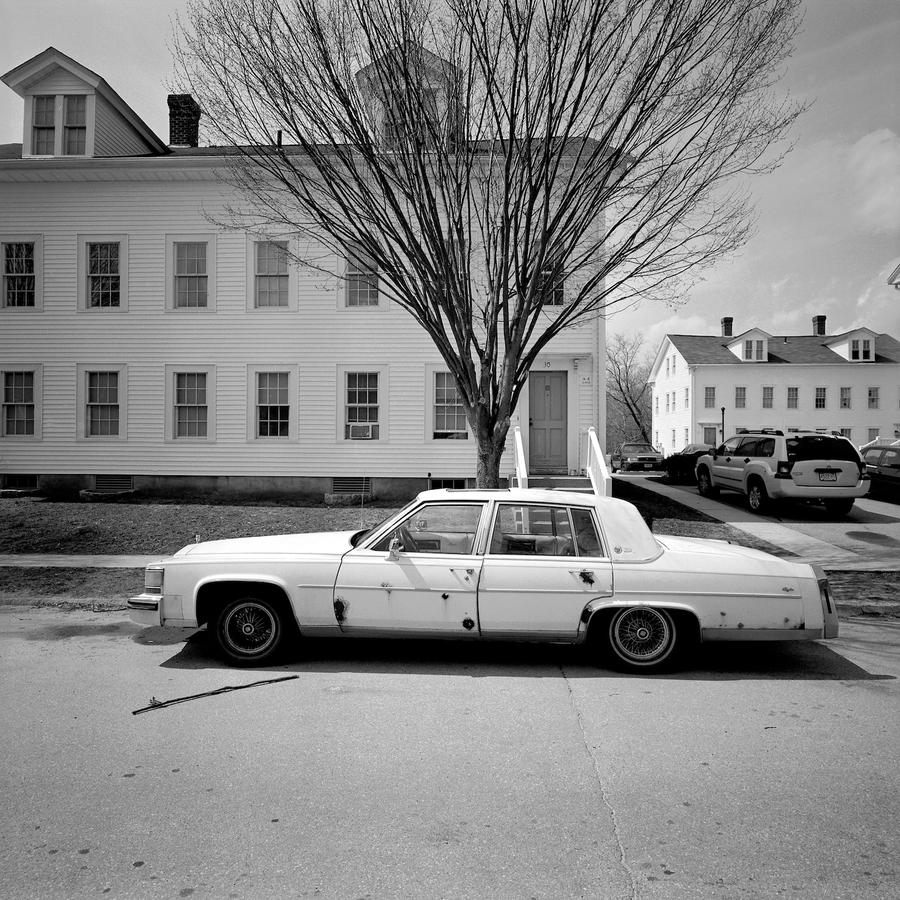 For me this is another "reality better than fiction" picture. The beater Cadillac, as large as an aircraft carrier, glowing in the sunlight with a simply gorgeous and climactic tree shooting out behind it is just about the most wonderful thing I have ever seen. I know, severe hyperbole will get you nowhere but come on, you have to agree. Love that tree.
For me this is another "reality better than fiction" picture. The beater Cadillac, as large as an aircraft carrier, glowing in the sunlight with a simply gorgeous and climactic tree shooting out behind it is just about the most wonderful thing I have ever seen. I know, severe hyperbole will get you nowhere but come on, you have to agree. Love that tree.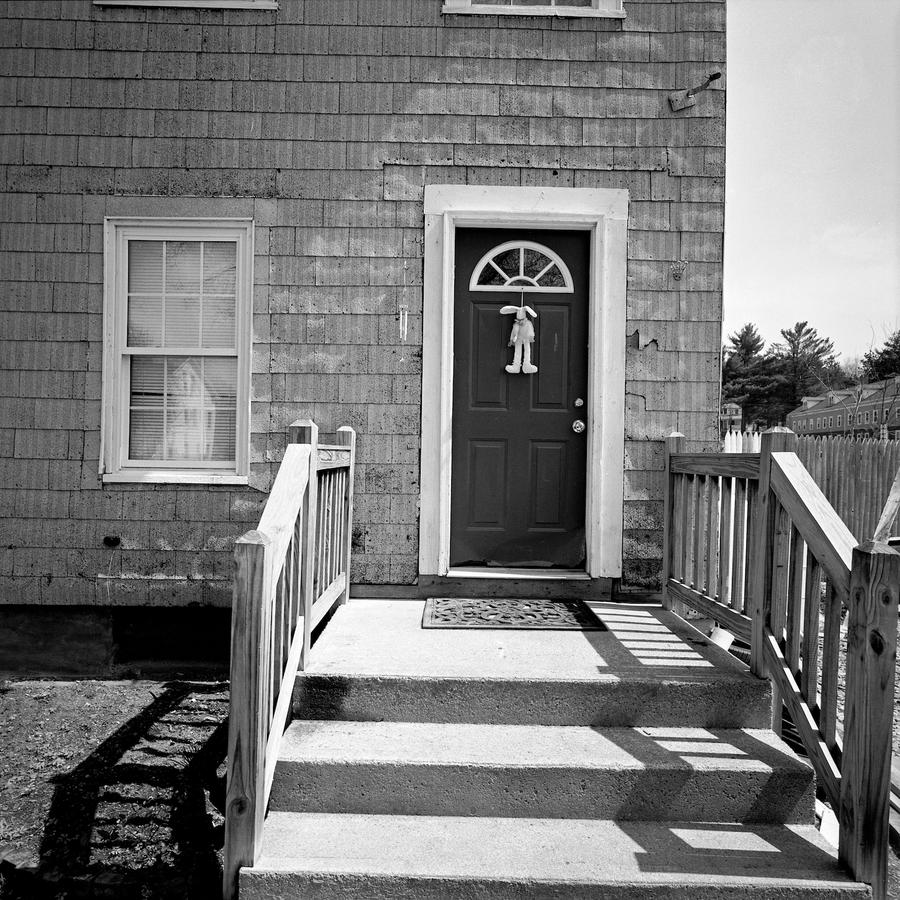
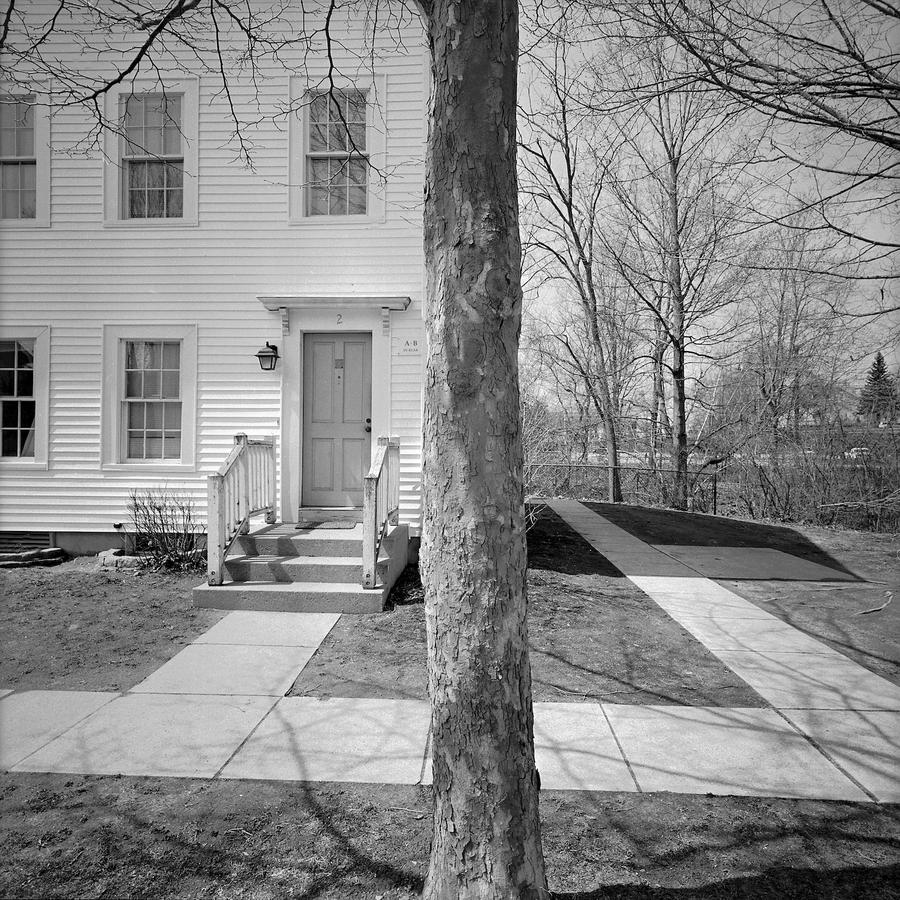 This picture refers to the fourth in the series and signals that I have now come back to the same area where I began. It is a "same but different" picture in that the structure is the same but it is now flipped, as in a mirror image.
This picture refers to the fourth in the series and signals that I have now come back to the same area where I began. It is a "same but different" picture in that the structure is the same but it is now flipped, as in a mirror image.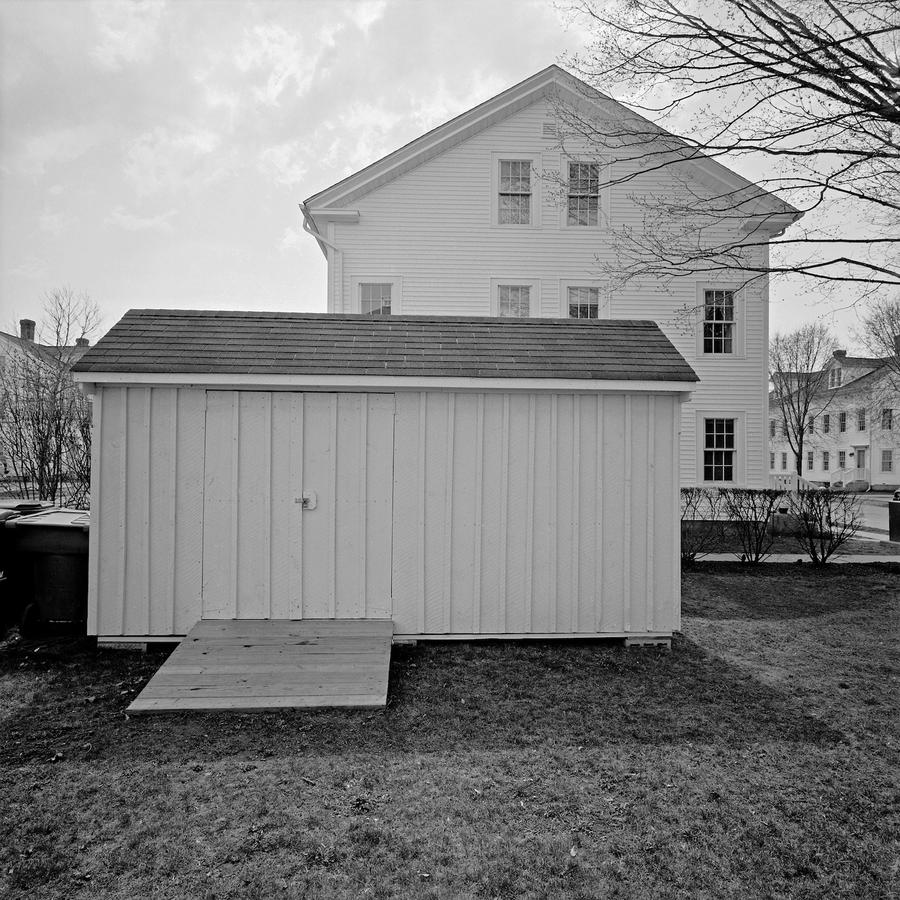 Finally, in the last photograph, this is the same scene that was partially obscured by the circle in the first image of the series, here:
Finally, in the last photograph, this is the same scene that was partially obscured by the circle in the first image of the series, here: 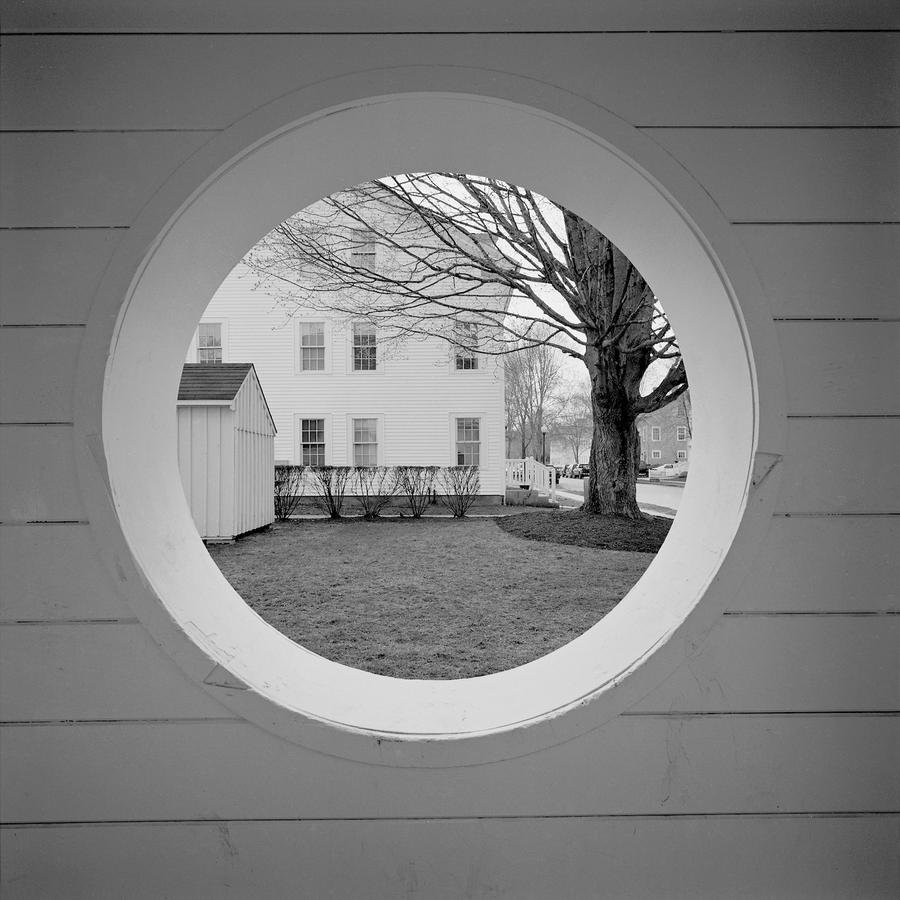 This gives you the full view without the intrusion and is my effort to try to bring to resolution and rest the situation of the housing development and its existing three rows of buildings clearly seen here.
This gives you the full view without the intrusion and is my effort to try to bring to resolution and rest the situation of the housing development and its existing three rows of buildings clearly seen here.